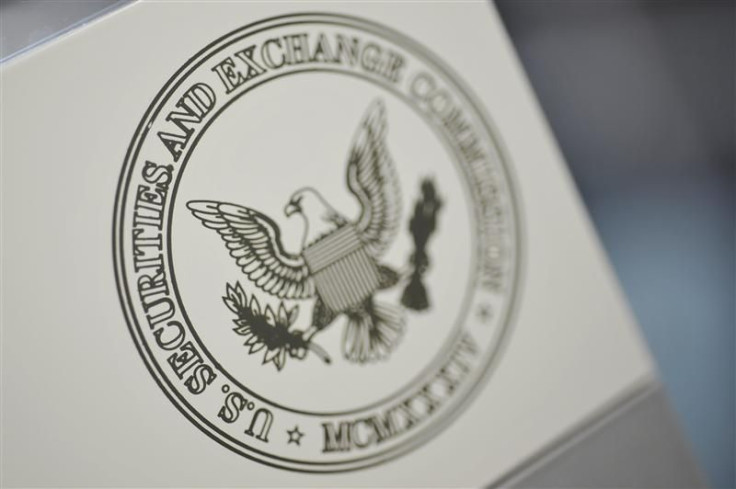SEC Acts To Dampen Volatility In 'Flash Crash' Scenarios

Two-plus years after the so-called Flash Crash wreaked havoc in the U.S. equity market on May 6, 2010, the Securities and Exchange Commission announced Friday it has OK'd two proposals designed to dampen extraordinary volatility in individual securities and the broader stock market.
The proposals were made by the national securities exchanges and the Financial Industry Regulatory Authority, or Finra.
One initiative creates a limit up-limit down mechanism that prevents trades in individual exchange-listed equity securities from occurring outside a specified price band. This new mechanism would replace the existing single-stock circuit breakers that the SEC approved on a pilot basis after the Flash Crash.
The other initiative brings up-to-date existing marketwide circuit breakers that, when triggered, halt trading in all exchange-listed securities throughout the U.S. market. The existing marketwide circuit breakers were adopted in October 1988, and they have been tripped only once, in 1997. The changes lower the percentage-decline threshold for triggering a marketwide trading halt and shorten the amount of time that trading is halted.
The exchanges and Finra will implement these changes by next Feb. 4, the SEC said.
Both proposals were OK'd by the SEC on Thursday for one-year pilot periods. During the pilot periods, the exchanges, Finra, and the SEC will assess their operation and determine whether any modifications are appropriate.
The initiatives we approved are the product of a significant effort to devise a sophisticated, yet workable and effective way to protect our markets from excessive volatility, SEC Chairman Mary L. Schapiro said in a statement.
In today's complex electronic markets, Schapiro said, we need an automated and appropriately calibrated way to pause or limit trading if prices move too far too fast. The commission, along with the exchanges and Finra, will be closely monitoring the operation of the new limit up-limit down and marketwide circuit-breaker processes during the pilot period to make sure any rules approved on a permanent basis are as effective as they can be.
The Plan For Individual Exchange-Listed Equity Securities
The limit up-limit down mechanism will prevent trades in individual exchange-listed equity securities from occurring outside a specified price band, which would be set at a percentage level above and below the average price of the security over the immediately preceding five-minute period.
For more-liquid securities (those in the S&P 500 Index and the Russell 1000 Index, as well as certain exchange-traded products), the level will be 5 percent, and for less-liquid securities, the level will be 10 percent, the SEC said.
The percentages will be doubled during the opening and closing periods, and broader price bands will apply to securities priced $3 per share or less, the SEC said.
The Plan For Marketwide Circuit Breakers
The marketwide circuit breakers were not triggered during the severe market disruption on May 6, 2010, which led the exchanges and Finra, in consultation with SEC staff, to assess whether the circuit breakers needed to be revised in light of today's market structure, the SEC said.
In addition, the agency said, the Joint CFTC-SEC Advisory Committee on Emerging Regulatory Issues recommended in February of last year that the SEC and Commodity Futures Trading Commission first review the current operation of the marketwide circuit breakers and then consider appropriate modifications.
According to the SEC, the new marketwide circuit-breaker rules bring up-to-date the existing rules by:
-- Cutting the market decline percentage thresholds needed to trigger a circuit breaker to 7, 13, and 20 percent from the prior day's closing price, rather than declines of 10, 20, or 30 percent.
-- Requiring the trigger thresholds to be recalculated daily rather than quarterly.
-- Shortening the duration of trading halts that do not close the market for the day to 15 minutes, from 30, 60, or 120 minutes.
-- Simplifying the structure of the circuit breakers so there are only two relevant trigger time periods -- those that occur before 3:25 p.m. ET and those that occur on or after 3:25 p.m. ET. (These two periods would replace the current six-period structure.)
-- Using the broad S&P 500 Index, rather than the narrow Dow Jones Industrial Average, as the pricing reference to measure a market decline.
© Copyright IBTimes 2024. All rights reserved.





















